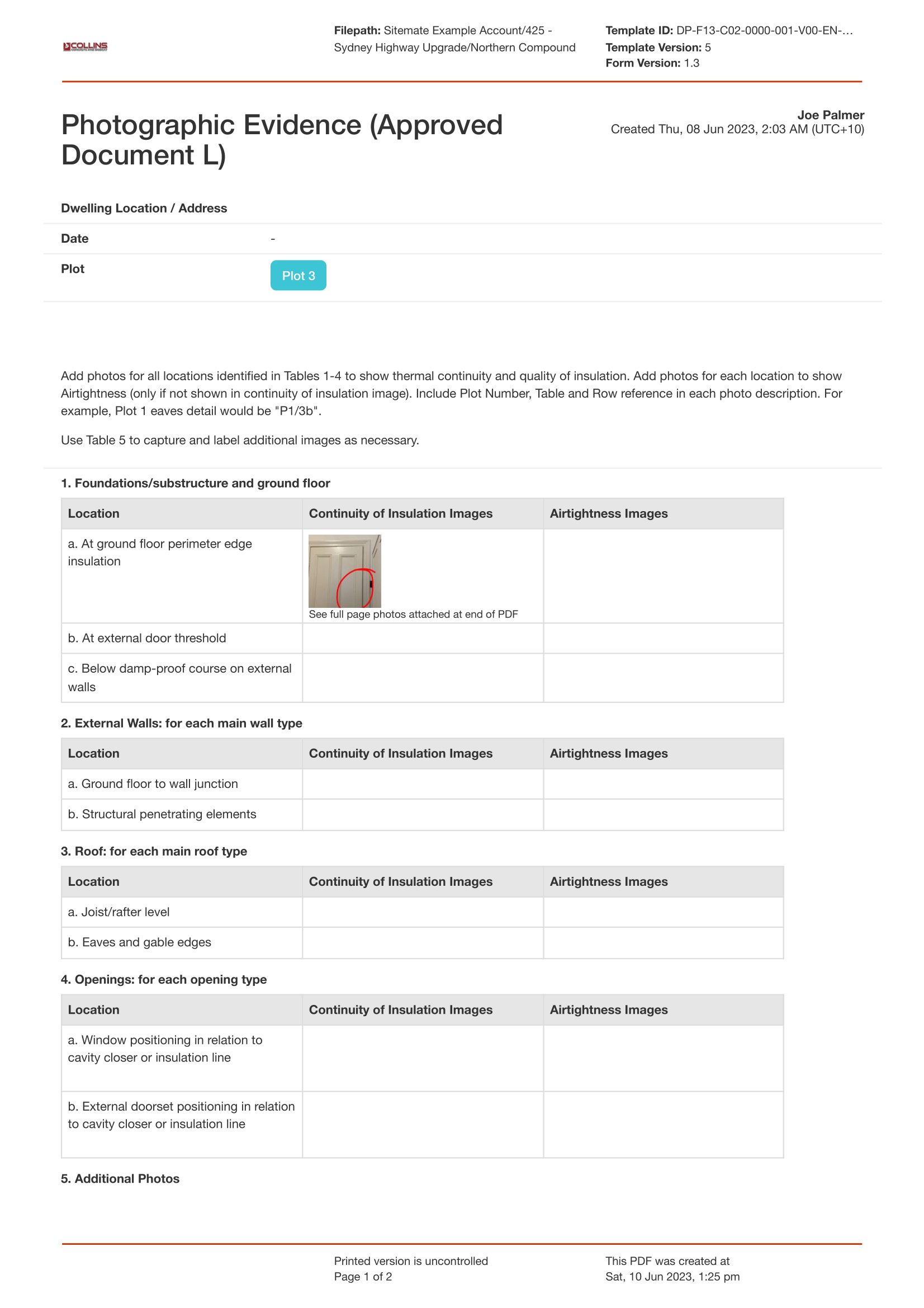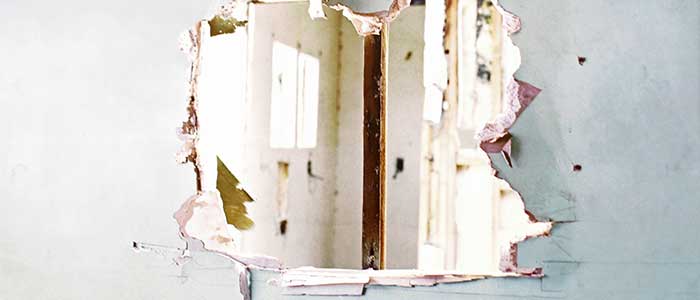Dashpivot article page – Part L insulation

Part L Insulation
What is the Role of Insulation in Achieving Part L Compliance?
Insulation across the building envelope helps maintain thermal comfort by stabilizing the internal temperatures. This reduces the need to heat or cool a building and uses extra energy to power these systems. Part L U-values should be met and the insulation should be properly installed to ensure that the insulation across the walls, roofs, floors, and other building elements are compliant with Part L.
Insulation Requirements for Part L Compliance
The insulation requirements for Part L compliance is all about meeting the U-values for the building elements (walls, roofs, floors, windows, and doors) in the design and as-built stages. Take note that the lower the U-value, the better the insulation properties of the insulation materials.
Types of Insulation for Part L Compliance
Wall Insulation
Wall insulations can either be Cavity Wall Insulation or Solid Wall Insulation. Cavity Wall Insulation is common in homes built after 1920. It has insulation materials like mineral wool, polyurethane foam, polystyrene beads, etc. in between the wall layers called inner and outer leaves but it’s important to take note that some materials may be unsuitable. Prior to design or building, it’s important to consult a professional. Solid Wall Insulation is ideal for homes that were built before the 1920s, but it’s more expensive to install. It has two types: (1) External Wall Insulation (EWI) that contains insulation boards outside the wall, and; (2) Internal Wall Insulation (IWI) where the insulation boards are inside the wall.
To determine whether the existing walls are cavity or solid, builders must check the brick pattern, inquire about the age of the home, or measure the thickness. Usually cavity walls have a thickness less than 260 mm, and solid walls are thicker.
Roof insulation
There are two types of installation methods for roof insulation: (1) Pitched Roof where the insulation is installed between the rafters or above the rafters. The materials being used are usually mineral wool or rigid foam boards, and; (2) Flat Roof where the insulation is just placed directly on the roof deck, and using rigid foam boards.
The key is to select materials that have high R-values in order to insulate properly while minimising the thickness and achieving the U-value as required. There should be airtight sealing along the insulation edges and any penetrations. It’s important to consult professionals or the building control whether or not the roof insulations comply with Part L.
Floor insulation
There are two types of floor insulation: (1) Suspended Floor Insulation where the insulation material is at the underside of the floor structure or between the floor joists, and; (2) Solid Floor Insulation where the simulation is on top of the solid concrete slab.
Insulation materials
Part L has approved common insulation materials such as mineral wool, rigid foam boards, cellulose insulation, reflective insulation, fiberglass, vacuum insulation panels, or sheep wool.
Windows and Doors
It’s highly recommended to use double or triple glazed windows and doors to comply with Part L regulations. Triple-glazed materials, though, are generally much more efficient. There is less heat loss for these materials and have great insulation properties because they have low-emissivity coatings.
Insulation Installation Best Practices for Part L
Proper practice should be followed during the installation of the insulation materials along the building envelope in order to maximize the efficiencies of the materials. It’s not only enough that the materials are well-chosen during the design phase meeting the U-Values to comply with Part L, but installing them is also crucial to optimize their usage. Proper installation can prevent thermal bridging and air leakage so builders don’t have to worry on how to address extra heat losses.
Builders must ensure that the installers are equipped with the proper knowledge on how to install the materials properly as per Part L regulations and manufacturer’s guide. There should be no gaps or voids as even the smallest ones can potentially result in a significant heat loss. There should be continuous layers of insulation to avoid thermal bridging at junctions between floors, walls, roofs, windows, and doors. If it is difficult to create continuous insulation, it is best to use insulation wraps or thermal barriers. Appropriate tapes, membranes, or vapor control layers (VCLs) should be used as sealant for joints, edges, or any penetrations in electrical outlets, plumping, and ventilation ducts. Upon installation, the insulating materials should not be compressed or squashed as damage might incur on the materials affective their insulation performance.
The correct thickness of the materials should be used as per pre-calculation designs in order to comply with Part L regulations. Builders must ensure that the proper materials and material thicknesses are followed before installing anything. Use certified insulation products from bodies like the British Board of Agreement (BBA) or the Building Research Establishment (BRE) and that the materials meet the specifications as provided in the design plan.
These are just a few of the best practices in installing insulation materials in order to comply with Part L regulations. Aside from those, proper calculations, documentations, and reports should be practiced before, during, and after construction as proof that the entire project is in compliance with Part L. They should be readily prepared and submitted to a Building Control body whenever necessary.
How to Ensure Your Installation Practices Stay Compliant with Part L
Use standardised and digitised checklists for every part of the insulation installation, like checklists for U-value targets, thermal bridging inspection, air tightness, installation depth, and coverage checks. Streamline your data collection to ensure all documents are in one database. You can create your own checklist from scratch or use the existing ones from our public template library. Ensure that every step during installation is recorded and approved under Part L standards.

Document your Part L Insulation installation with a Part L Photographic Evidence template
Standardise your Photographic Evidence capture
You can easily conduct inspections through your mobile and tablets and input data in real-time, before and after installing. You can attach photos of the post-installation with data like GPS, comments, tags, and markups. You can include the material specifications, even air tightness and thermal performance tests. Include checkboxes, note sections, photo uploads, and corrective actions.
Digital logs ensure full traceability as it indicates who created the documents. You can include in your forms who installed the insulation materials as well. In the event that rework needs to be performance, you can easily identify the individuals responsible and corrective measurements can be done swiftly.
Access your documents as they’re all in one database, making it easier for you and your team to share, create reports and dashboards. In the event there needs to be a sign off, you can tag individuals and keep track of the document status. Don’t lose your documents as you don’t need physical papers to hold anymore. You can easily submit your forms electronically to Building Control authorities to speed up the compliance process. Don’t miss deadlines by keeping everything digitally.

Inspection and Test Plan (ITP) template
No one plans to fail, they fail to plan. Ensure your projects are a success with this ITP.

Non-Conformance Report template
Document those painful non conformances with this powerful template.

Construction Punch List template
Punch your way through those punch lists with this powerful template.


